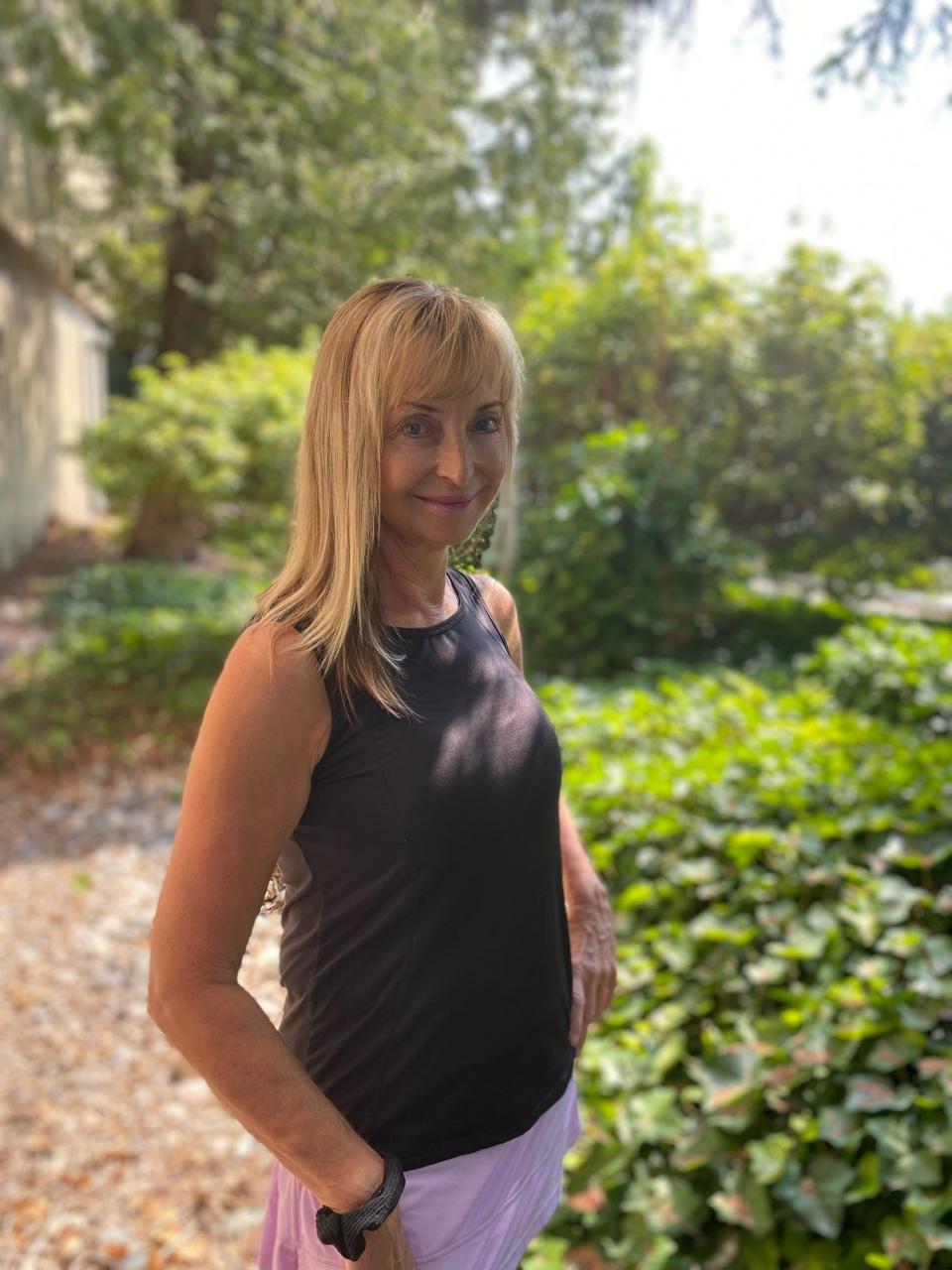Gluten-free Living: Support after diagnosis

I was biopsy diagnosed with celiac disease in 2008, after more than a dozen years of sickness. When my gastroenterologist told me that I had celiac disease, he was as surprised as I was – I was his first patient ever diagnosed with celiac disease. Sadly, the only information he had for me was to avoid eating pasta, bread and pizza. We now know that there’s a lot more to treatment post diagnosis.
This systemic disease isn’t treated with medication – a gluten-free diet is the only treatment. I was always thankful that I didn’t need to take a drug to treat the issue, that I could just change my way of eating.
Physicians recommend follow-up visits with your general practitioner at three months and six months after your diagnosis, since takes three to six months for the small intestine to heal. You will most likely have blood tests done for your tTg-IgA levels. According to www.healthmatters.io, “A tissue transglutaminase IgA (tTg-IgA) test is used to help doctors diagnose celiac disease or to see how well people with the condition are doing.”
This test measures the antibody level of protein produced by your immune system. A higher number is indicative of the presence of celiac disease, while a decreasing number indicates healing is taking place.
When your immune system reacts to gluten, it can damage or destroy the villi in your intestinal tract. The villi are small, finger-like protrusions that help to absorb and transport nutrients throughout the body. When I had an endoscopy, they discovered that most of my villi were flattened or destroyed, preventing the absorption of vitamins and minerals. Due to this lack of absorption, your GP will also need to monitor you for nutritional deficiencies.

For most people with celiac disease, this means monitoring their D3 and B12 levels, although your magnesium, zinc, folate, niacin and riboflavin levels could also be affected.
You will also need to have your bone density monitored, since minerals such as calcium will likely be depleted as well.
Since you won’t be eating whole wheat — and sometimes even oats can upset your system — it’s recommended to use a fiber supplement. Make sure you choose a gluten-free supplement; they are often made with wheat-based ingredients.
I chose to visit a nutritionist after diagnosis, since my GI doctor couldn’t give me much information on what I could eat, only what I couldn’t eat, since I was his first diagnosed celiac patient. Make sure you research the dietitian to find one who has experience with celiac disease.
Be aware that your medication can be a hidden source of gluten. The pharmaceutical industry is not yet required to disclose gluten-containing ingredients in medicine, so I suggest asking your pharmacist to contact the manufacturer to confirm that it doesn’t contain gluten. Since pharmacies don’t always keep the same manufacturer, I always check the label on the bottle. If the manufacturer has changed, I ask the pharmacist to check again.
H.R. 2435, the Gluten in Medicine Disclosure Act of 2021, was introduced in the House in April 2021, and referred to the Committee on Energy and Commerce. It was transferred to the Subcommittee on Health the next day, and I’ve yet to see any other activity on the act since then.
Joining a gluten-free support group can be a great resource. I joined one not long after diagnosis, because in 2008, there wasn’t a lot of information available. The group allows you to hear other first-person accounts of their experiences, share food recommendations, discuss physicians, etc.
The newly-formed Gluten-Free Support Group of MadCo will meet the first Thursday of each month at 5 p.m. at the offices of The News-Record & Sentinel, 58 Back Street, Marshall. Our kick-off meeting on July 5 will include a Cookie Tasting of Mightylicious cookies and cookies baked from Home Dough frozen cookie balls. We can share our feedback with the manufacturers. Visit https://www.facebook.com/events/280735394518470 or email admin@celiacgirlnc.com for more information.
Notes
August’s GF meeting
At the August meeting of the Gluten-Free Support Group of MadCo, we’ll have Charleston Biscuits to taste during our meeting. The company manufactures their GF biscuit baking mix in South Carolina, and they say “A taste of Charleston for those who can’t eat gluten” on the packaging. Can’t wait to find taste these babies! glutenfreebiscuits.com.
Free online class
Chef Alina Eisenhauer is offering a free one-hour video class, “Mastering the Art of Gluten-Free Pies!” class.chefalina.com/optin1; support@chefalina.com.
At-home study
An online study is searching for a new way to measure symptoms of celiac disease. cloud.trials.science37.com/gastroenterology-celiac.
GF podcast
For those of you who are fans of podcasts, the Gluten-Free Baking Show podcast shares recipes and talks about GF baking. gfbakingshow.com.
Dessert platter
For those of you, like myself, who never met a dessert they didn’t like, Posana has a new Dessert Platter option – one of each of their desserts for the table. facebook.com/posanarestaurant.
Moroccan-Style Yogurt Cake By Kristina Stosek

Ingredients
¼ cup plus 1 tablespoon tapioca starch 1/8 teaspoon of each gluten-free ground ginger, ground cardamom, ground cinnamon, ground nutmeg and sea salt 5 large eggs ½ cup pure maple syrup ¼ teaspoon pure vanilla extract 650 g (2-2/3 cups) unsweetened plain Greek yogurt
1 cup fresh blueberries Optional garnish: top with extra berries, mint leaves, lime zest and dusting of powdered sugar
Instructions
Preheat the oven to 350 degrees.
Line a 7x4-inch round cake pan that has high sides with parchment paper.
In a large bowl, whisk together tapioca and spices.
Add eggs, maple syrup and vanilla and whisk until just combined. Add yogurt, and whisk until smooth.
Pour the mixture into the prepared pan and scatter the blueberries evenly over the top.
Bake for 70 minutes. The cake will rise and may crack a little, but don't worry. Once it cools, it will deflate and form a perfect cake.
Let it cool completely in the cake pan. Then cover with plastic wrap, and chill for a minimum of 4 hours or overnight before serving!
To serve, carefully lift the cake using the parchment paper, and slide it off onto a cake plate.
Top with fresh berries, mint leaves, lime zest and powdered sugar if you wish.
Kristina Stosek is the author of “Entertaining The Gluten-Free Way” and “Small Bites The Gluten-free Way” cookbooks. Her unique desire to help people who are suffering from gluten intolerance, celiac disease, food sensitivities and allergies has inspired her to create tasty gluten-free, allergy-friendly recipes and tips for wellness.
This article originally appeared on Asheville Citizen Times: Gluten-free Living: Support after diagnosis

